REPORT-HONG KONG-PATA TRAVEL MART 2006: China (PRC) outbound travel to Asia Pacific destinations has grown at an average annual rate of 19.8% since 2001, fuelled by strong economic growth; greater…
REPORT-HONG KONG-PATA TRAVEL MART 2006: China (PRC) outbound travel to Asia Pacific destinations has grown at an average annual rate of 19.8% since 2001, fuelled by strong economic growth; greater consumer spending power; Beijing’s moves to loosen travel restrictions and allow the Chinese currency to strengthen; and greater segmentation in the marketplace.
Travel trade participants in the PATA Travel Mart 2006 China (PRC) Outbound luncheon workshop learned this at AsiaWorld-Expo in Hong Kong.
Panellists in the interactive session included Shanghai Business International Travel Service Deputy General Manager Ms Li Guo; Shanghai Shihua International Travel Service Assistant General Manager Mr Tom Wang; and Tourism Australia Regional General Manager-North Asia & Business Tourism Mr Johnny Nee.
Panel moderator and PATA China (PRC) Representative Ms Kate Chang warned destinations to be wary of the sheer number of potential Chinese travellers in the future.
“Destination tourism organisations will have to check how the Chinese “golden weeks”, which coincide with Chinese New Year, May Day and National Day, fit in with existing inbound patterns,” she said. “There is a risk of destinations being “swamped” by travel demand from Chinese travellers.”
Mr Nee agreed: “China is one of the world`s strongest performing markets. China’s forecast growth, in both outbound travel and expenditure, make this market critical now and in the future. However, we need to continue to safeguard the market from unethical business practices, ensure Chinese visitors enjoy high quality tourism experiences, and take a gradual market expansion approach to manage long-term, sustainable growth.”
Although China (PRC) remains an “emerging” outbound market, Ms Chang cautioned against writing it off as comprising only of consumers who feel safe in large groups that ‘follow the flag’.
Mr Wang agreed: “The Chinese travel market has become multi-purpose. The traditional market is becoming smaller. Business and MICE travel is getting bigger, as is FIT and single service travel.”
Ms Li said that middle class professionals, who are a starting to organise private trips, and all types businesses and organisations are becoming significant sources of Chinese outbound travellers.
She said: “Not only do entrepreneurs and senior executives enjoy business trips, but also the employees, agents and business partners of many types of organisation are being motivated by all-expenses-paid international travel to do a good job.”
Ms Chang cited an increase in the number of older singles, empty-nesters and childless households as further examples of segmentation.
She said marketers can reach the majority of affluent households by focusing on specific target regions, such as Shanghai, Beijing, Guangdong, Zhejiang and Jiangsu, and that the development of private travel in China has revealed regional variations.
Mr Wang said that developing solid co-operative partnerships within each region is the answer.
“All links in the travel product supply chain must co-operate fully,” he said. “From the local agent who should give great support to the tour operator, who in turn should look after the convention and visitor bureau, airline, bank, hotel, media et cetera to maximise the experience for the traveller.”
Ms Chang reiterated that destinations must carry out research on their Chinese visitors. “The market is so big and so diverse that different marketing mixes have to be designed for different segments and regions,” she said.
However, there remains an essential commonality running through Chinese travel preferences: safety and security.
“Nearly all Chinese appreciate safe and clean accommodation, safe and reliable transport, helpful hospitality staff and friendly locals,” Ms Chang said.
Ms Li said: “The Chinese traveller must feel that their security and health are assured. Furthermore, a carefully designed tour itinerary should elicit feelings of surprise and excitement in Chinese travellers, as well as maximize their sense of participation.”
Mr Wang identified four commonalities among Chinese travellers: Their “affection” for value for money, safety, time/planning and recognition.
Theodore is the Co-Founder and Managing Editor of TravelDailyNews Media Network; his responsibilities include business development and planning for TravelDailyNews long-term opportunities.
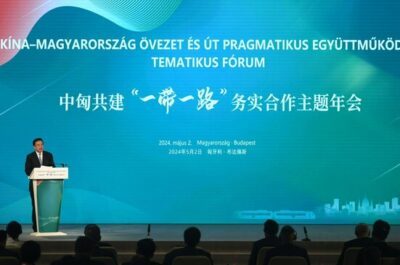



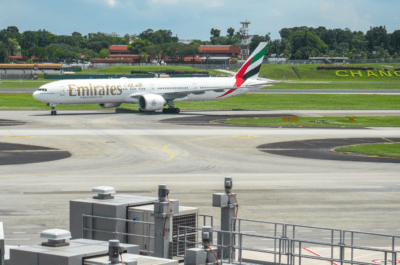
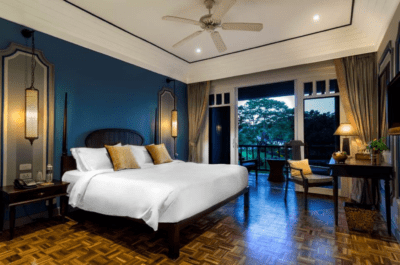
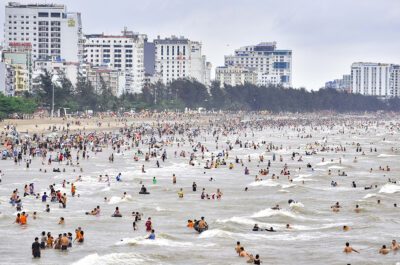
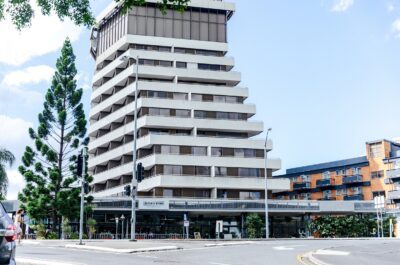

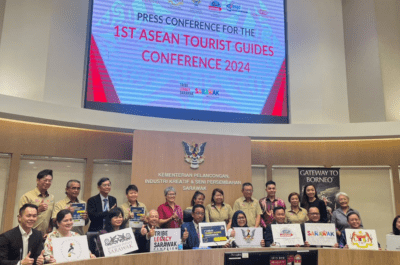





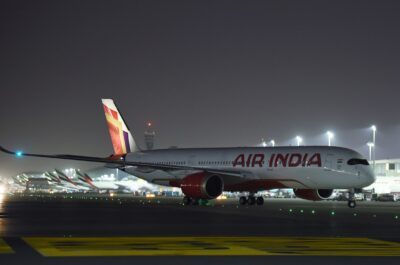
























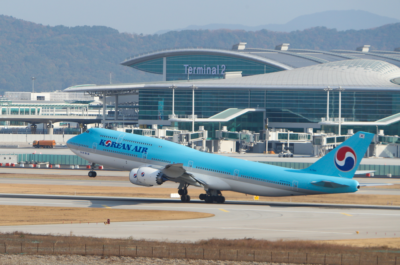



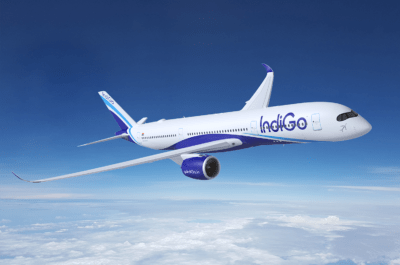



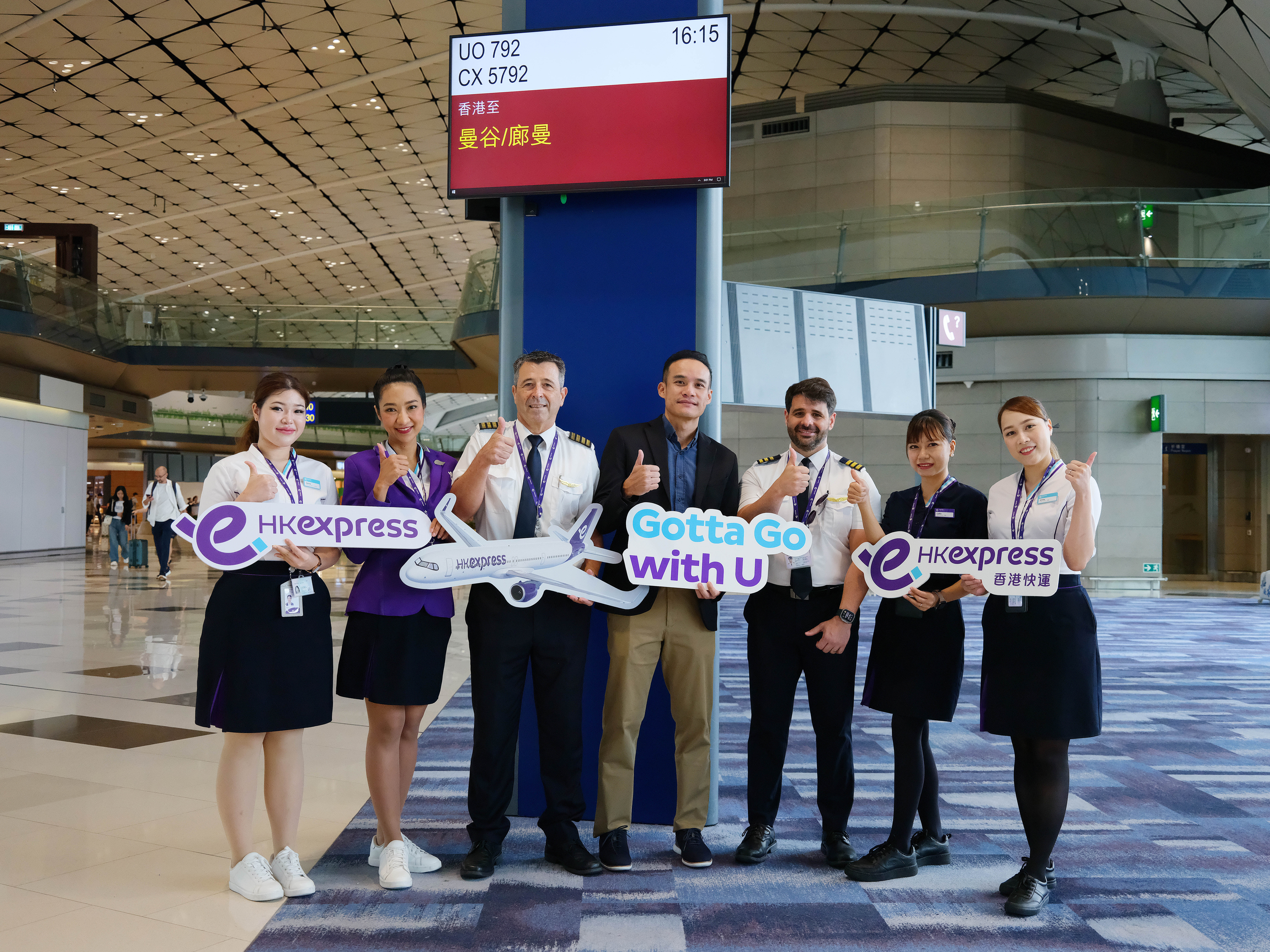


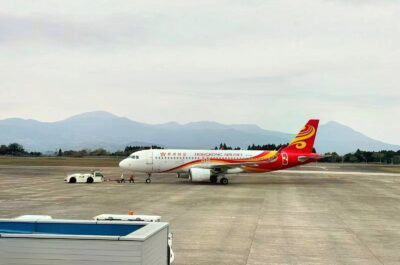




![[PR] PR_Ascott and Vimut Hospital_2024](https://www.traveldailynews.asia/wp-content/uploads/2024/04/PR-PR_Ascott-and-Vimut-Hospital_2024-400x265.jpg)







